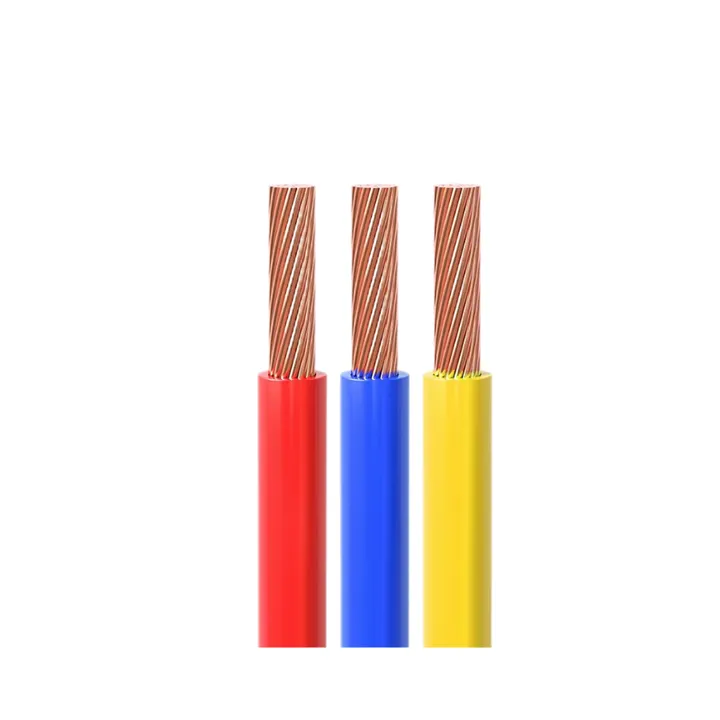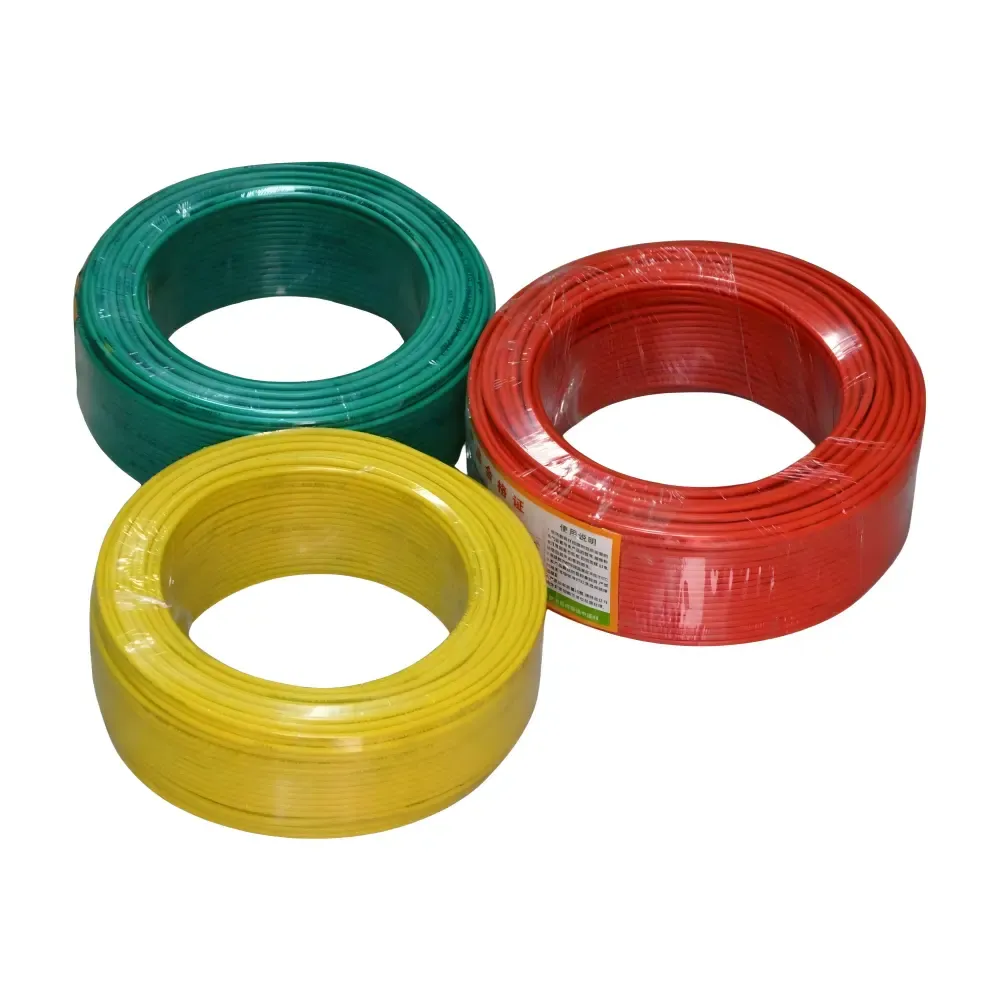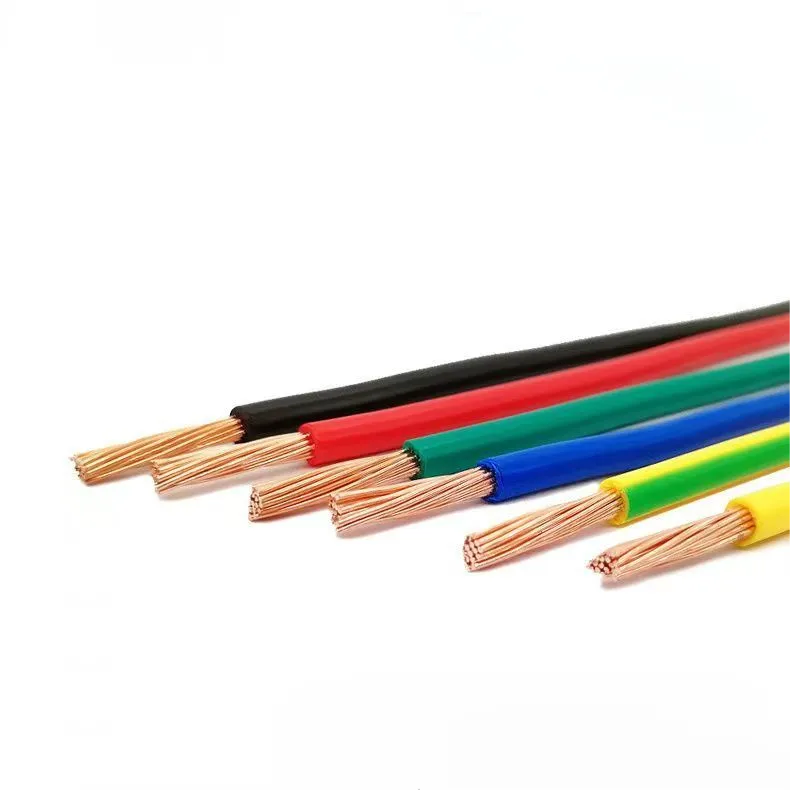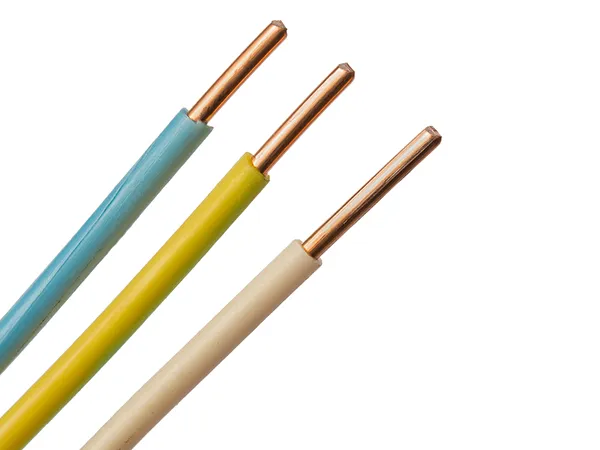Air Core Cables: Optimizing High-Frequency Performance
Time: 2025-05-20 15:04:32
Source: Henan Province Jianyun Cable Co., Ltd.
Introduction to Air Core Cables
Air core cables are specialized electrical cables designed to minimize dielectric losses, particularly at high frequencies. Unlike conventional cables that use solid or foam dielectric materials to separate conductors, air core cables maintain interstitial spaces filled with air. This design leverages air’s low dielectric constant to enhance signal integrity and efficiency, making these cables ideal for applications requiring high-frequency signal transmission.
Design and Construction
The defining feature of air core cables is the use of air as the primary dielectric medium between conductors. Key elements of their construction include:
-
Conductors: Typically made of copper or aluminum, the conductors are arranged to maintain separation, often supported by minimal insulating structures or spacers to ensure air remains the primary dielectric.
-
Spacers or Supports: Non-conductive materials, such as plastic or polymer spacers, are used to keep conductors apart, preserving the air-filled gaps that reduce dielectric losses.
-
Outer Sheathing: A protective jacket, often made of polyethylene or similar materials, shields the cable from environmental factors like moisture, UV radiation, and physical damage while maintaining structural integrity.
-
Minimal Dielectric Material: Unlike cables with solid or foam insulation, air core cables use the least amount of dielectric material possible to maximize the air-filled spaces, thereby lowering capacitance and signal attenuation.
Advantages of Air Core Cables
Air core cables offer distinct benefits, particularly for high-frequency applications:
-
Reduced Dielectric Losses: Air has a lower dielectric constant than most solid or foam insulators, resulting in lower signal attenuation and improved performance at high frequencies.
-
Enhanced Signal Integrity: The low capacitance of air core cables minimizes signal distortion, making them suitable for applications requiring high data rates or precise signal transmission.
-
Lightweight Design: The absence of heavy dielectric materials reduces the overall weight of the cable, facilitating easier installation in aerial or long-span applications.
-
Cost-Effective for Specific Uses: In scenarios where high-frequency performance is critical, air core cables can provide a cost-effective solution compared to alternatives requiring complex dielectric materials.
Applications
Air core cables are employed in various industries where high-frequency signal transmission is paramount:
-
Telecommunications: Used in telephone and data networks, particularly in trunk lines or long-distance communication systems, to maintain signal quality over extended distances.
-
Radio Frequency (RF) Systems: Common in antenna feed lines and RF transmission systems, where low-loss signal propagation is essential.
-
Aerial Installations: Frequently deployed as overhead cables in telecommunication networks, supported by utility poles or towers, due to their lightweight construction and durability.
-
High-Speed Data Transmission: Utilized in applications requiring minimal signal distortion, such as in certain types of coaxial cables for broadband or cable television networks.
Challenges and Considerations
While air core cables offer significant advantages, they also present certain challenges:
-
Environmental Vulnerability: The air-filled spaces can be susceptible to moisture ingress if the outer sheathing is compromised, potentially affecting performance.
-
Mechanical Fragility: The reliance on minimal support structures can make air core cables less robust in high-tension or physically demanding environments compared to fully insulated cables.
-
Installation Complexity: Maintaining consistent conductor spacing during installation requires precision to ensure optimal performance and avoid signal degradation.
To address these challenges, air core cables are often designed with robust outer jackets and may incorporate water-blocking materials or gels to prevent moisture penetration, particularly in outdoor or aerial applications.
Installation and Maintenance
Installing air core cables, particularly in aerial setups, involves careful consideration of environmental and structural factors:
-
Site Planning: Assessing the installation environment to ensure proper support structures, such as poles or towers, can withstand wind, ice, or other stresses.
-
Cable Stringing: Specialized equipment is used to maintain proper tension and conductor alignment, preserving the air dielectric structure.
-
Sealing and Protection: Ensuring the cable’s outer sheath is intact and, where necessary, applying water-blocking compounds to protect against moisture.
Maintenance involves regular inspections for physical damage, moisture ingress, or degradation of the outer sheath. Advanced diagnostic tools, such as time-domain reflectometry, can be used to detect faults or signal loss in the cable.
Future Trends
As demand for high-speed, low-latency communication grows, air core cables are likely to remain relevant in specialized applications. Innovations in materials science may lead to more durable spacers and sheathing materials, improving the cables’ resilience while maintaining their low-loss characteristics. Additionally, advancements in automated installation and monitoring technologies, such as drones or robotic systems, are expected to enhance the deployment and maintenance of air core cables in aerial networks.
Conclusion
Air core cables represent a critical technology for high-frequency signal transmission, leveraging the low dielectric constant of air to minimize losses and ensure signal integrity. While their design presents unique challenges, their advantages in telecommunications, RF systems, and aerial installations make them indispensable in modern connectivity infrastructure. As technology evolves, air core cables will continue to play a vital role in meeting the demands of high-performance communication networks.




